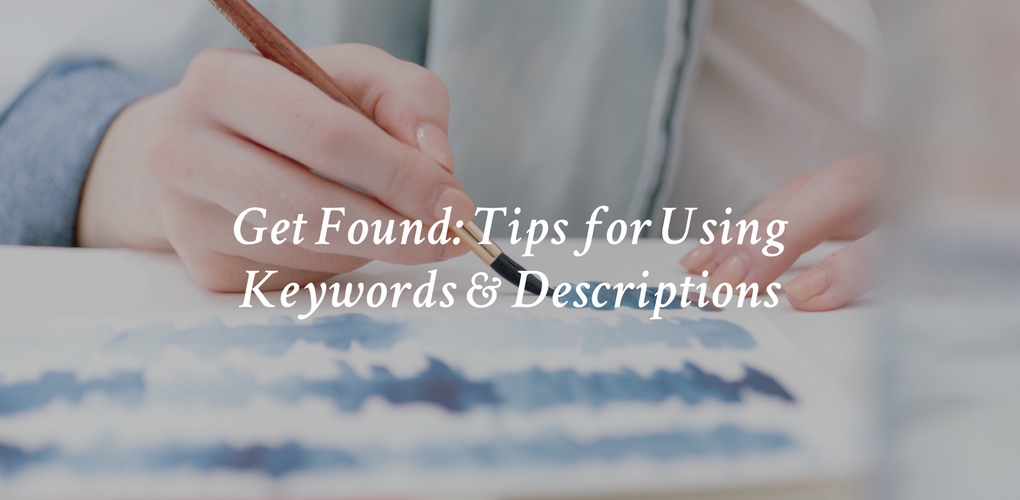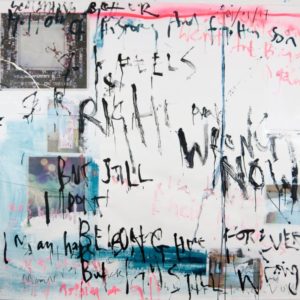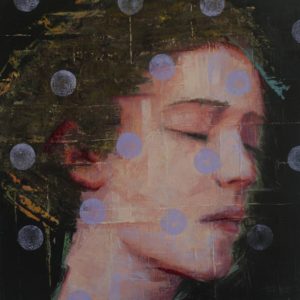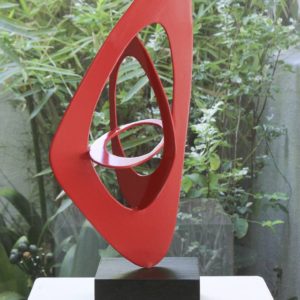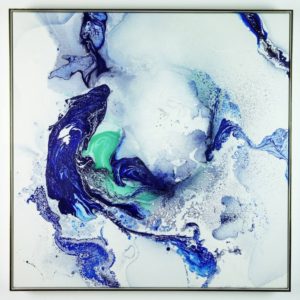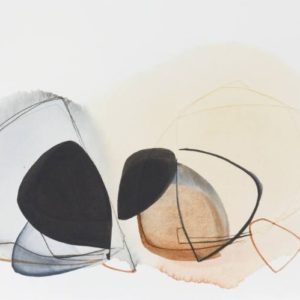Artist Tips
Get Found: Tips for Using Keywords and Descriptions on Saatchi Art and Beyond
Carefully selected keywords and thorough artwork detail descriptions can go a very long way to improve your visibility on Saatchi Art and on search engines like Google and Bing. Whip your SEO and profile search-ability into tip top shape by following the 5 simple steps below:
But first, a refresher on how keywords work on Saatchi Art and in search…
In addition to describing your artwork, keywords help collectors find works that are relevant to their search. This is done by matching collectors’ search terms with the keywords entered in by the artist. For this reason, we require you to enter in at least 5 keywords – though we encourage you to use all 12 – when uploading new artwork. Effective keywords describe such elements as: medium, subject, predominant colors, mood, materials, artists who inspired the work, and anything else that is distinctive or recognizable in the artwork. In addition to helping your work get found on Saatchi Art, keywords also improve your discoverability on search engines like Google and Bing.
1. Use your strongest keywords first
In both the keyword and the artwork description fields, lead with your strongest keywords. When returning search results, Google pays greater attention to the first several words in the title and description of your works – so make these words count.
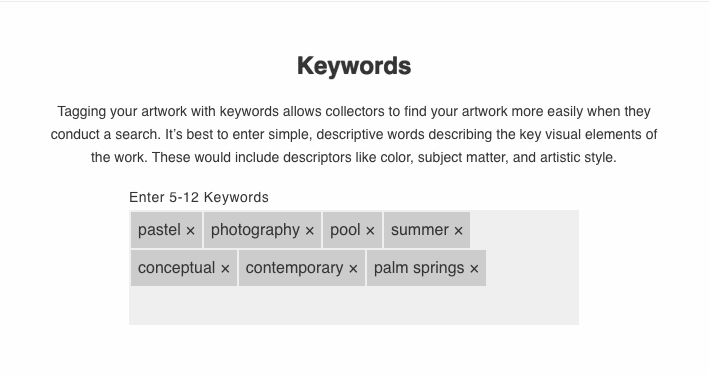
Put the broadest, most all-encompassing keywords first, like “pastel” or “photography,” and your more specific keywords last, like “palm springs.” (Image: Saatchi Art)
2. Max out your artwork description and keywords
We allow artists to add up to 12 keywords and 56 characters in the description for each artwork – take advantage of this space to include strong, relevant wording about your artwork. You can also use compound keywords – two or more words strung together, like “pencil drawing”– to maximize the number of keywords you can include. Make sure to only include keywords that accurately and honestly describe your artwork; keyword stuffing can actually hurt your SEO.

Get Inspired: See how artists Dean West (L) and Thomas Hammer (R) add keywords and descriptions to their works on Saatchi Art. (Image: Saatchi Art)
3. Diversify your keywords and your artwork descriptions
Don’t use the same artwork description and set of keywords for all similar artworks in your portfolio. This targets just one type of buyer, and limits your visibility across other searches. For example, if you have added keywords, ‘modern, figurative, blue, collage’ to one artwork, for the next similar artwork consider swapping ‘figurative’ with ‘nude’ or ‘portrait,’ and ‘blue’ with ‘royal blue’ or ‘indigo.’ If you’re feeling stuck, check out our article, How to Brainstorm Your Best Artwork Keywords.
4. Categorize your artworks correctly
Many Saatchi Art collectors, as well as our Art Advisory team, search for artworks by browsing within Category pages on the site, and through using filters like: Style, Subject and Medium. Think of where a buyer or a curator would logically look for an artwork similar to yours, and make sure you categorize with this in mind. If your works are categorized correctly, they’ll be more likely to meet the right buyer.
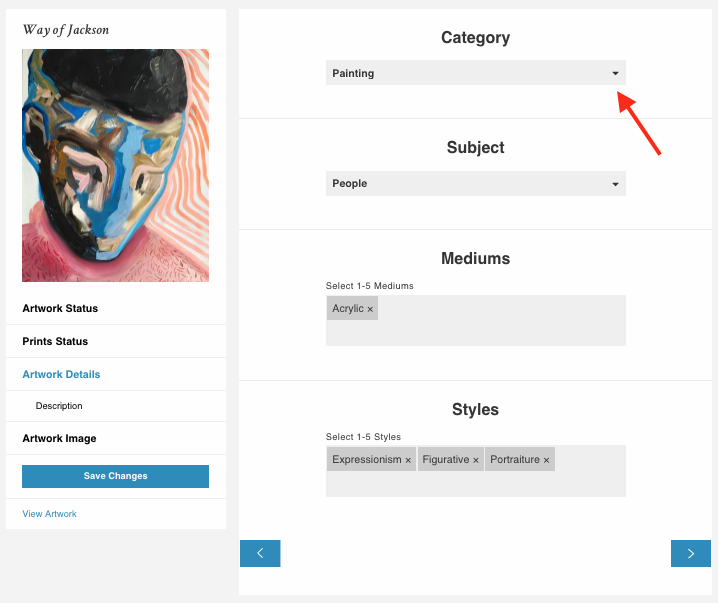
Saatchi Art artist Erin Armstrong correctly categorizes her expressionist portrait under ‘Painting,’ and elects ‘People’ as the subject category. ‘Portait’ would also be a suitable subject category for this artwork. (Image: “Way of Jackson,” by Erin Armstrong, courtesy Saatchi Art)
5. Create a custom URL
Creating a custom URL will help your profile show up in search results on search engines like Google and Bing, as well as on Saatchi Art. Having a custom URL is also a best practice for branding and promotion. A URL that includes your name is professional and easy for fans of your work to remember. Read our step by step guide to creating a custom URL on Saatchi Art.
Want more tips for success delivered straight to your inbox? Sign up for the Artist Newsletter.
